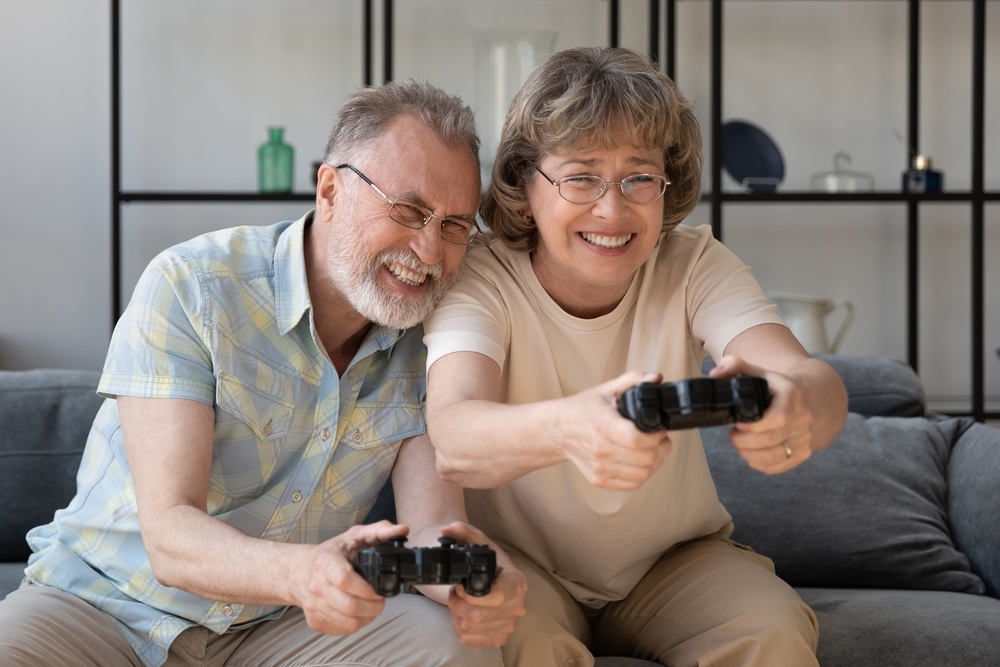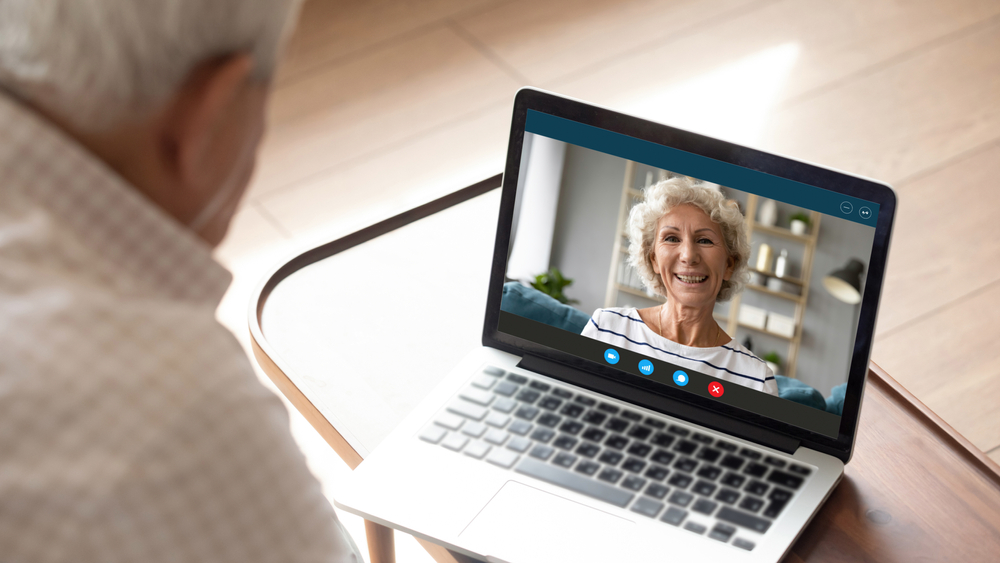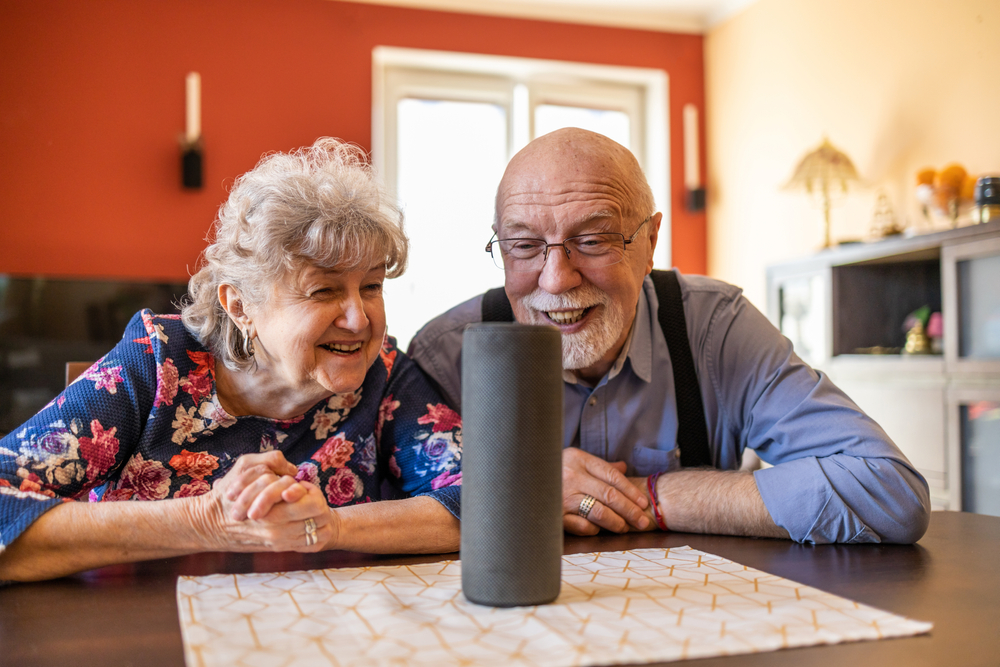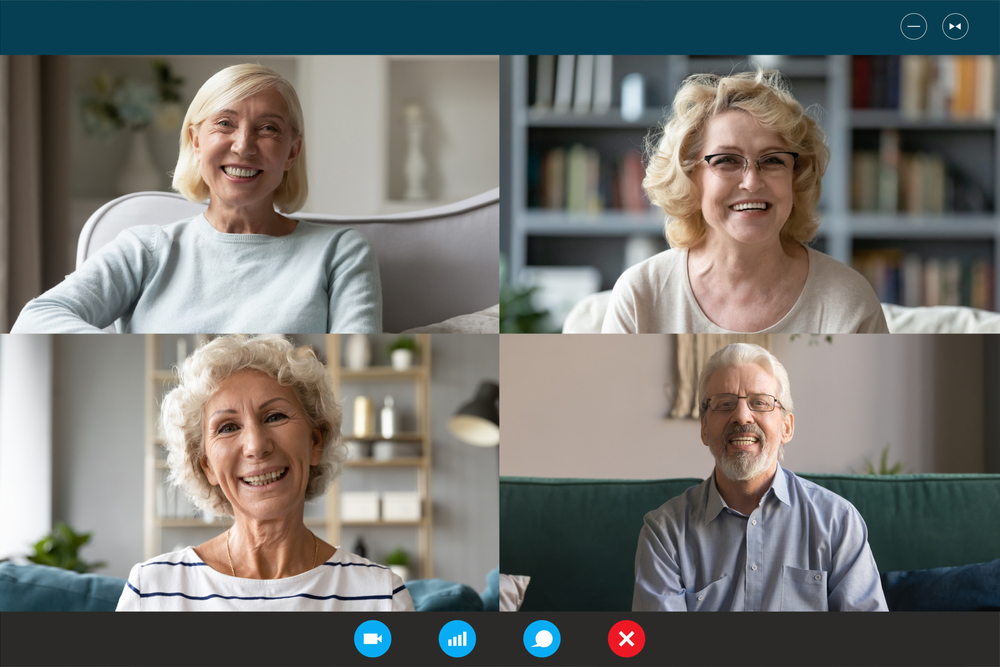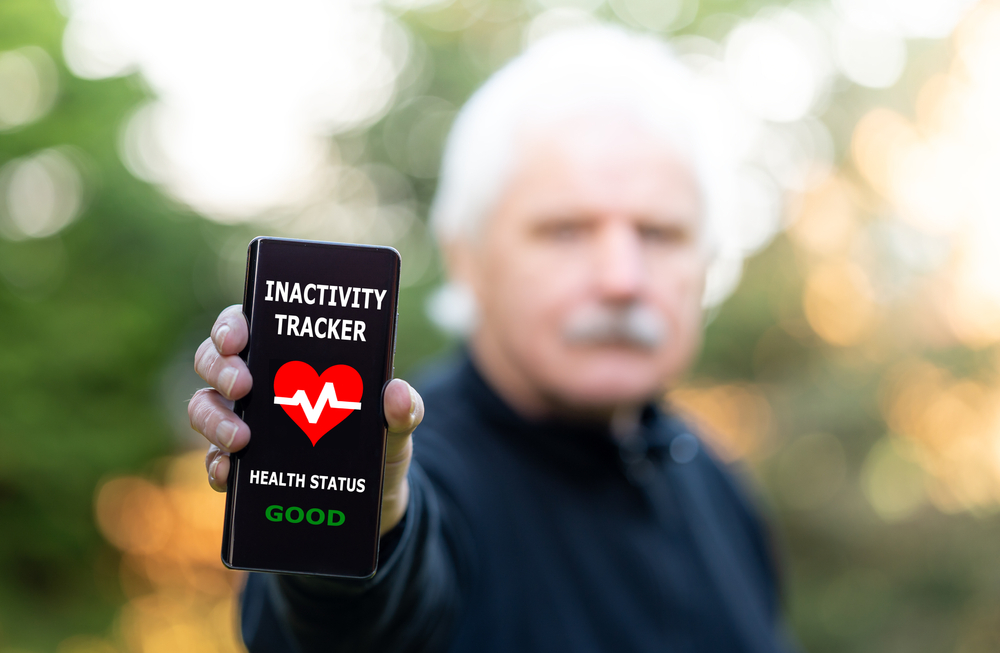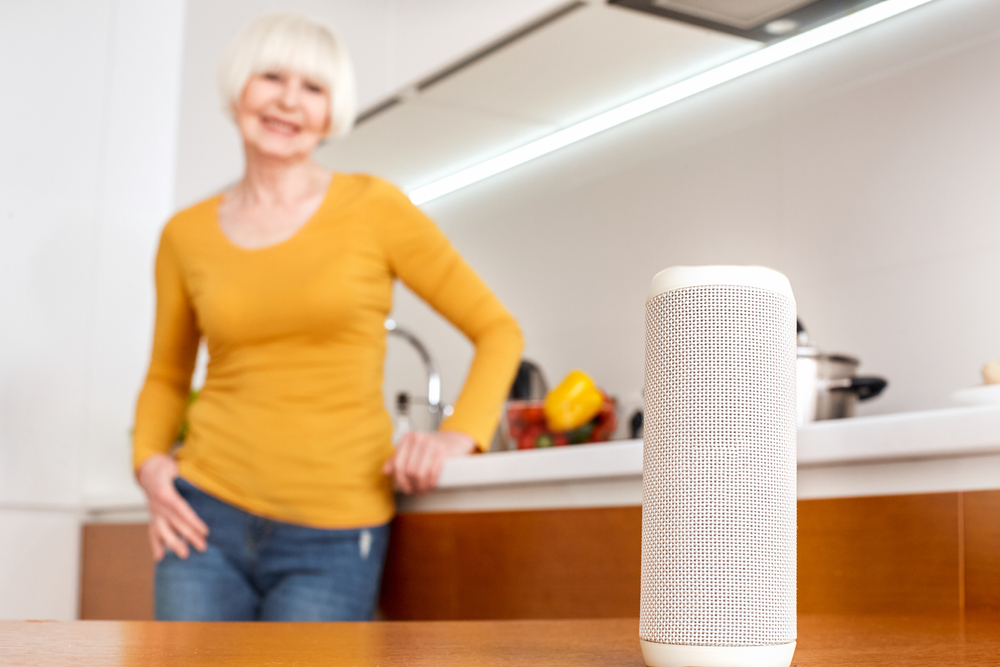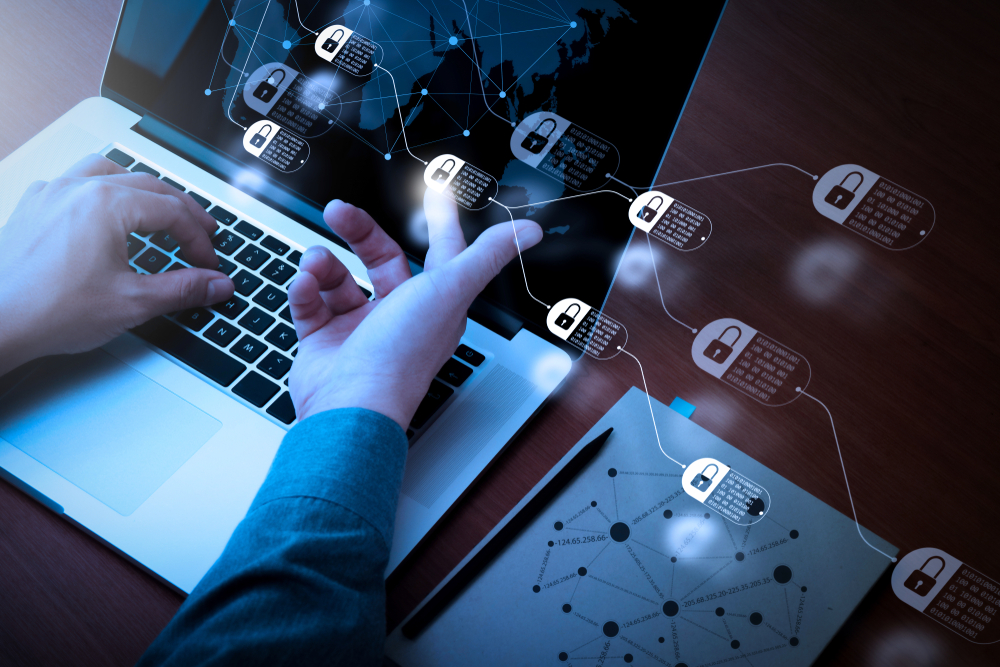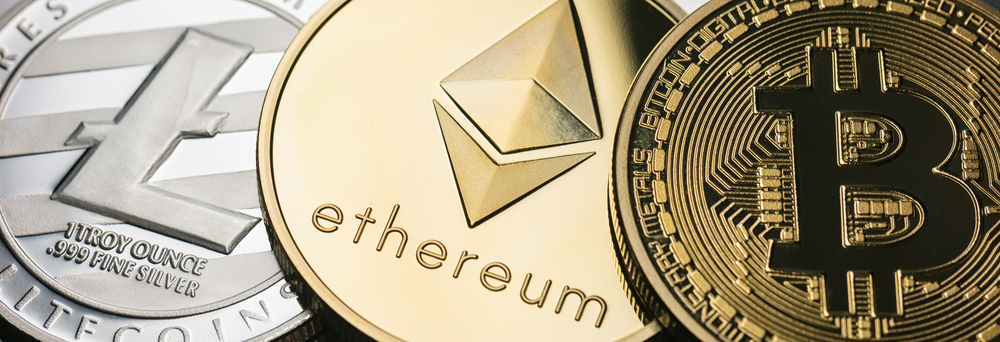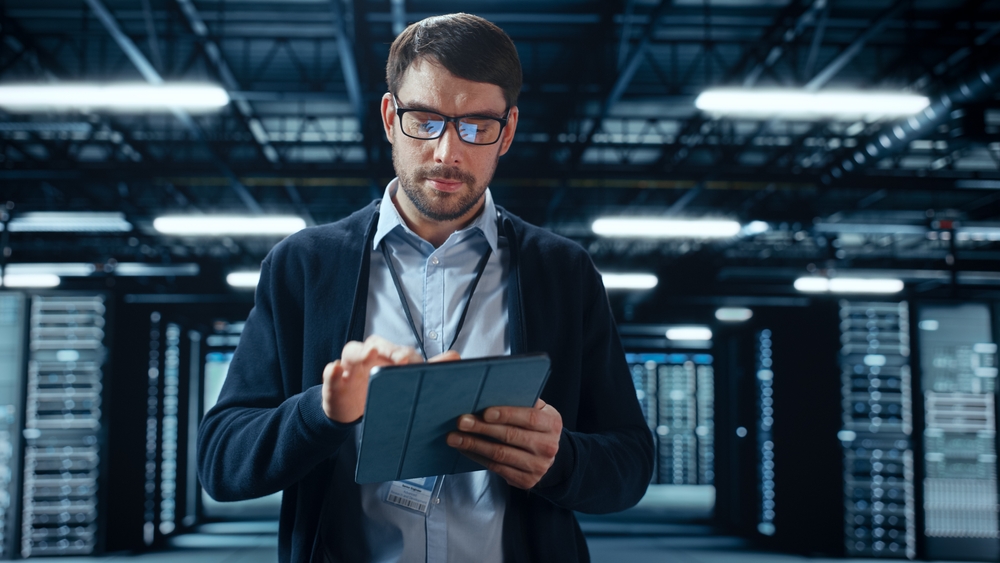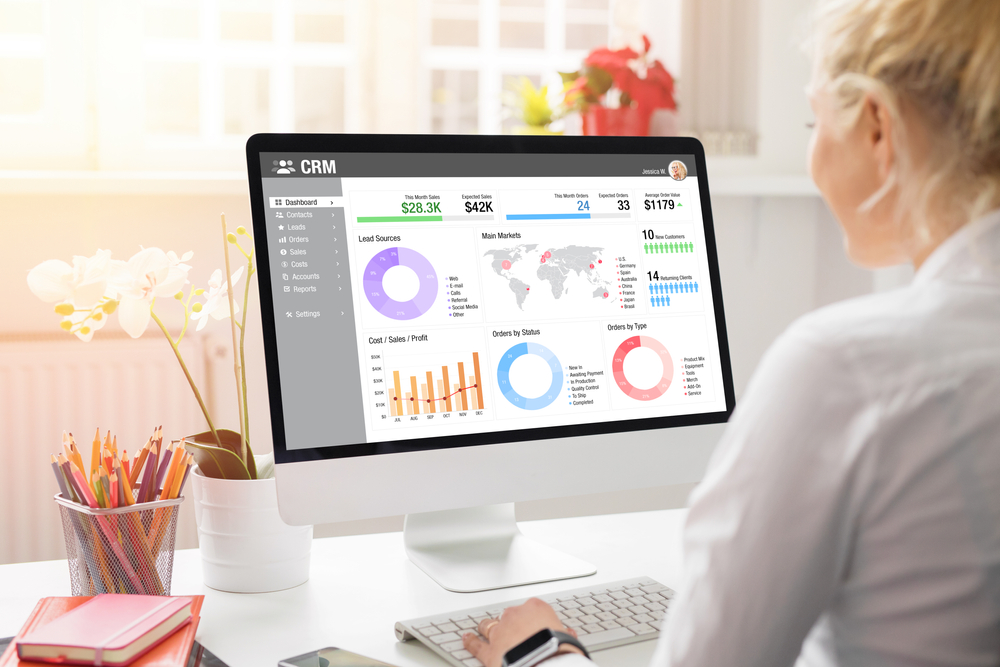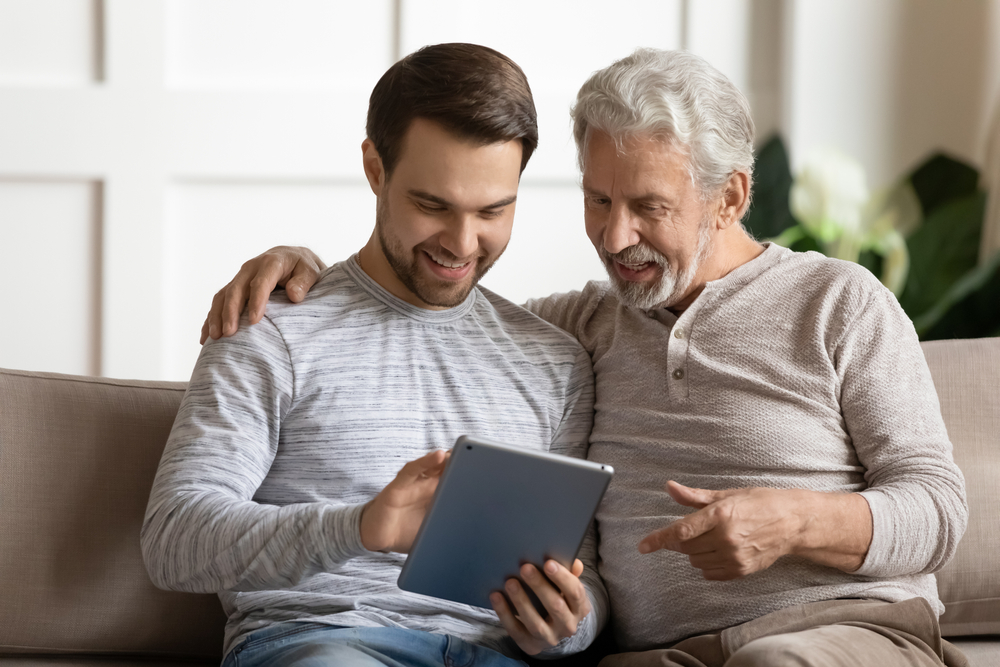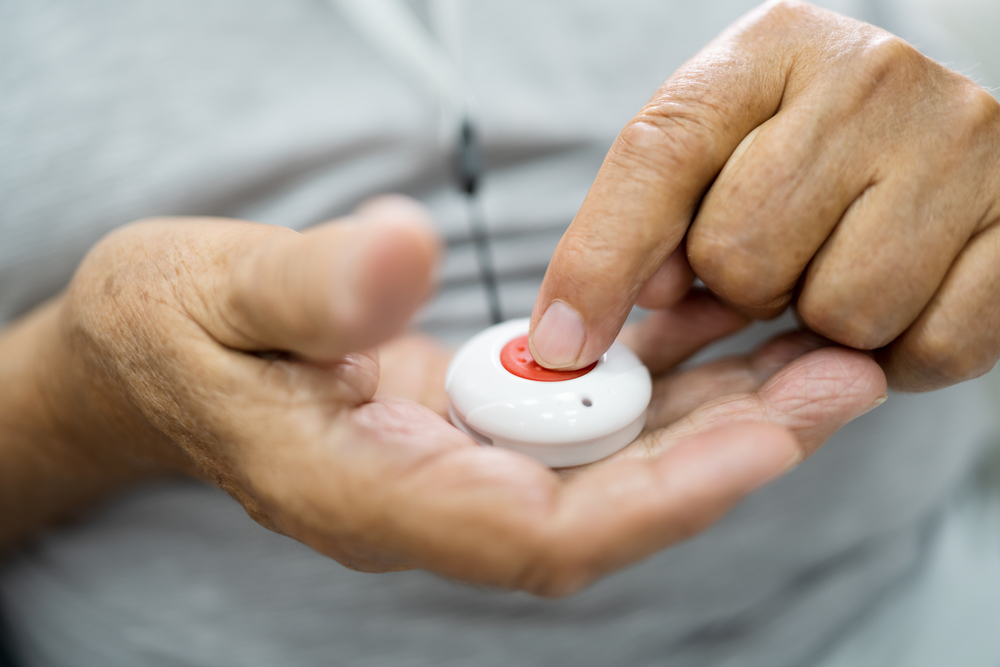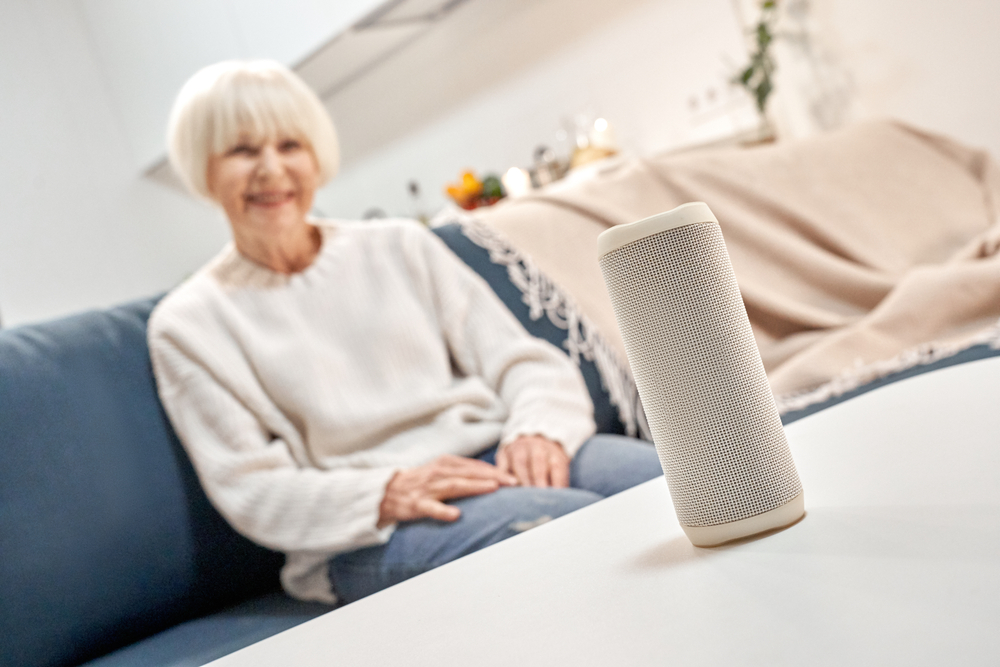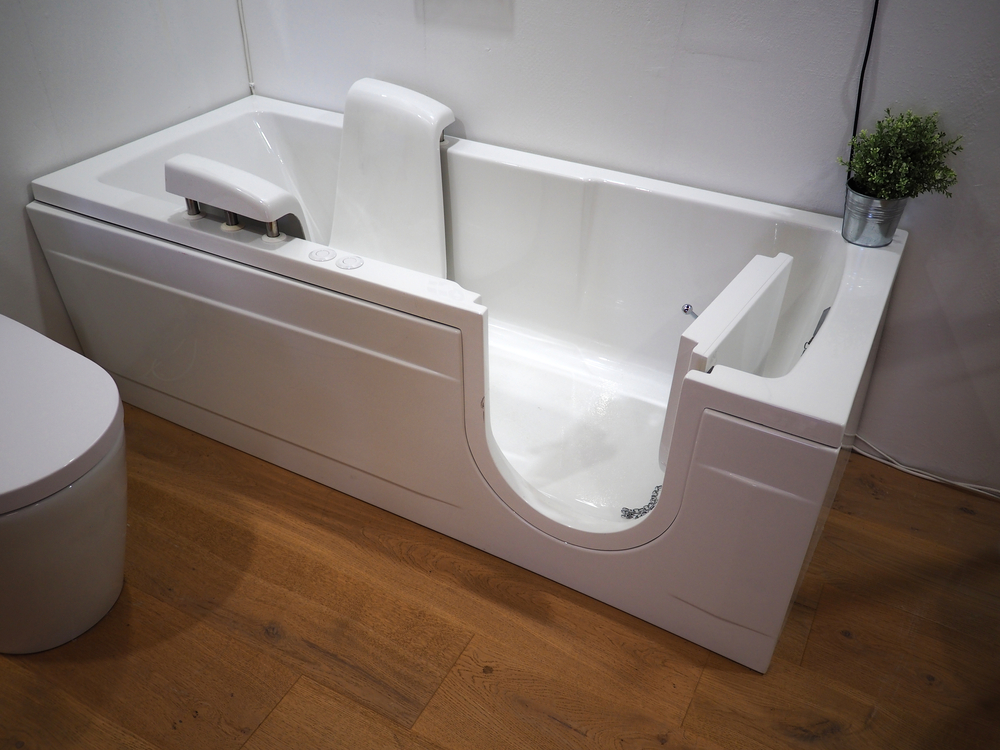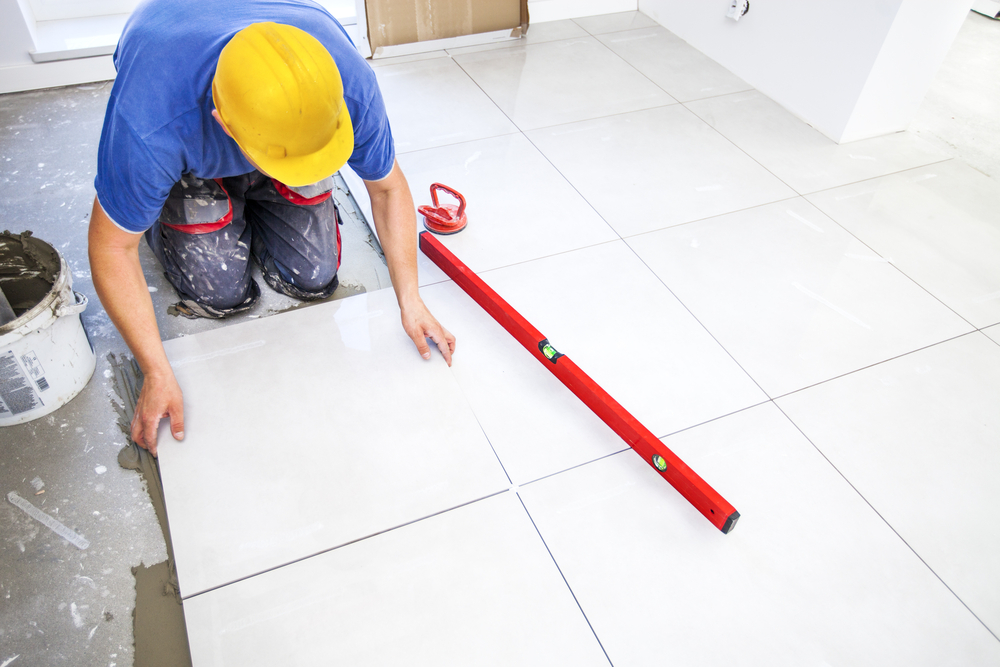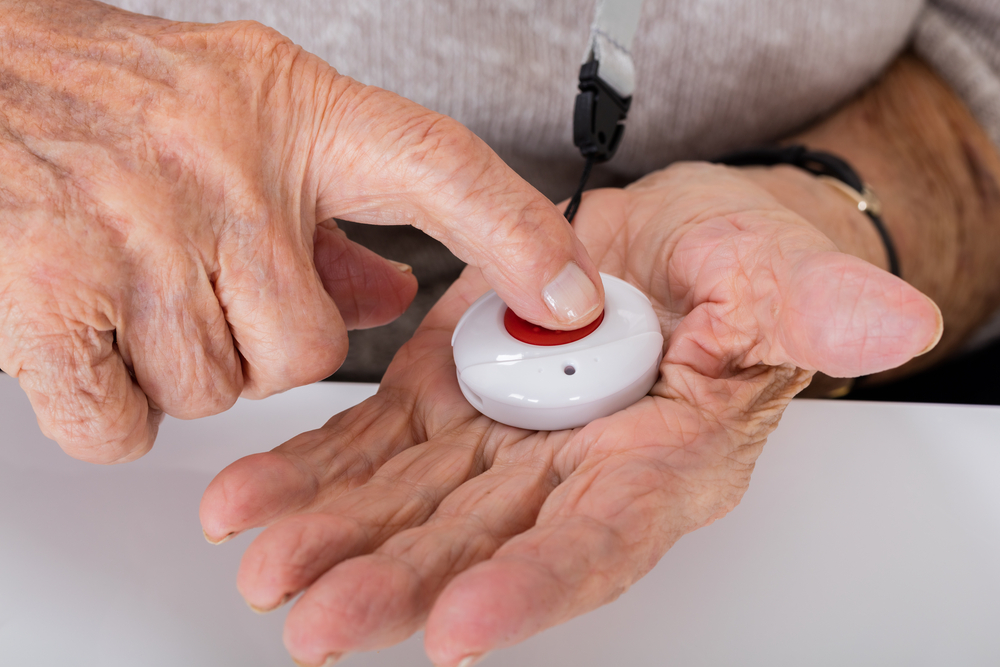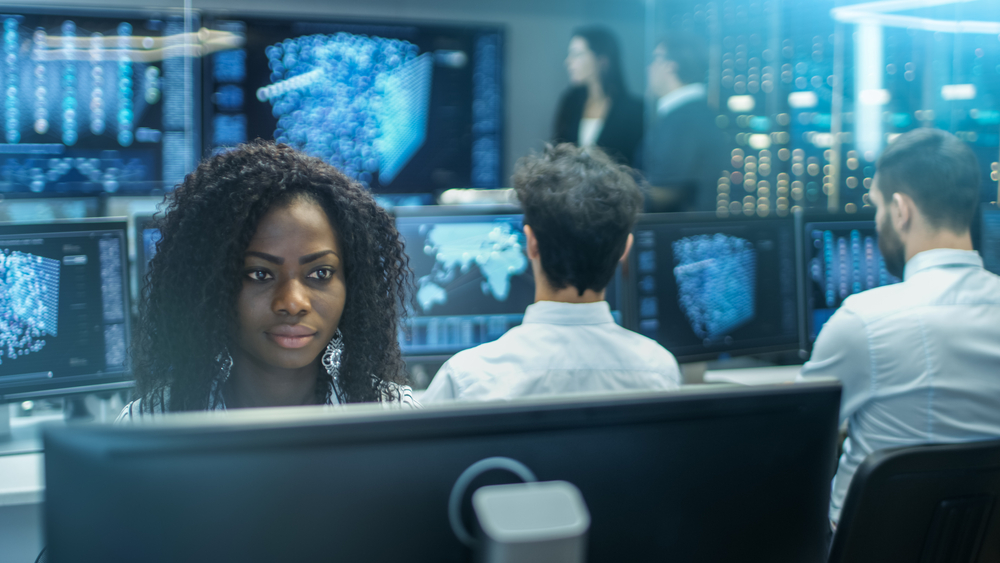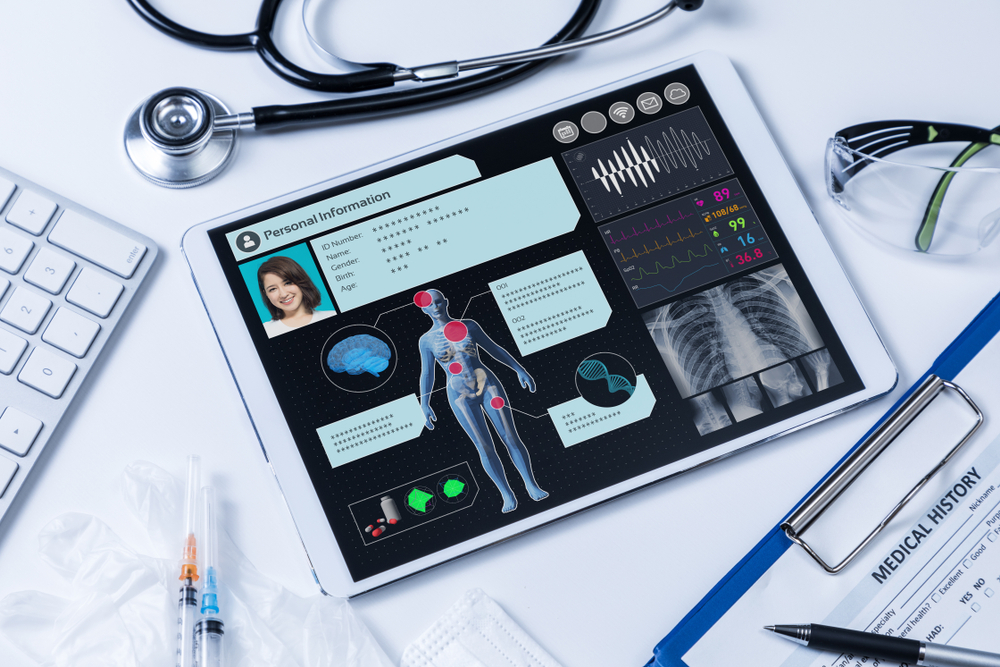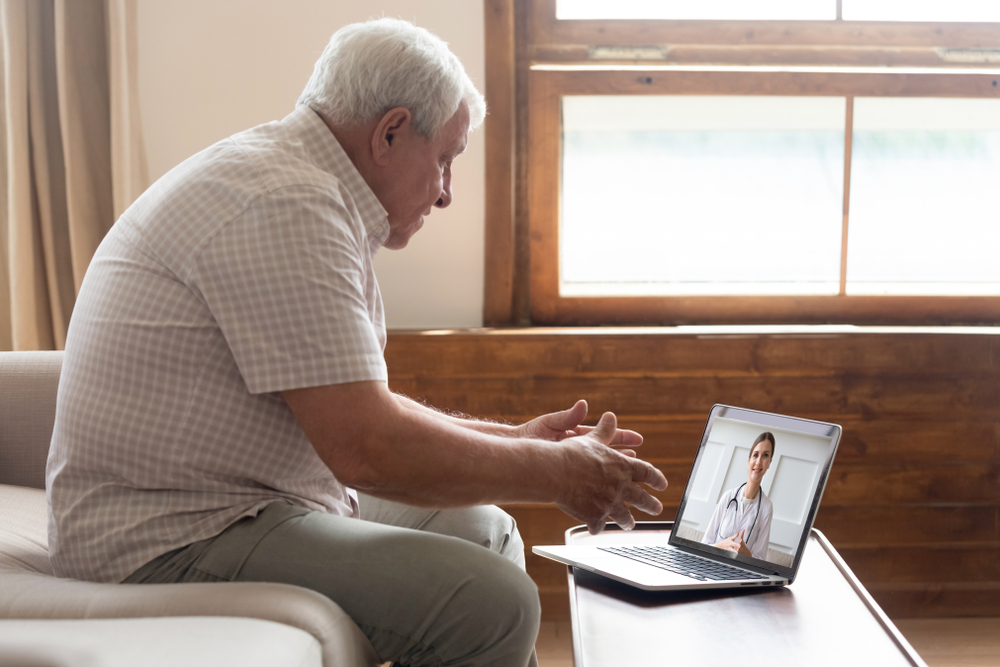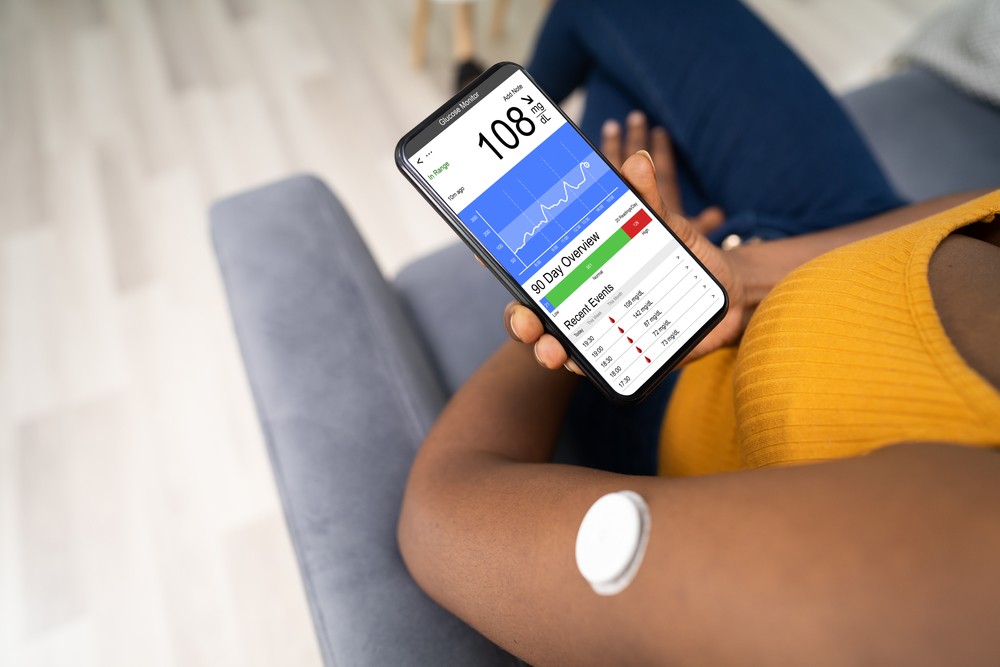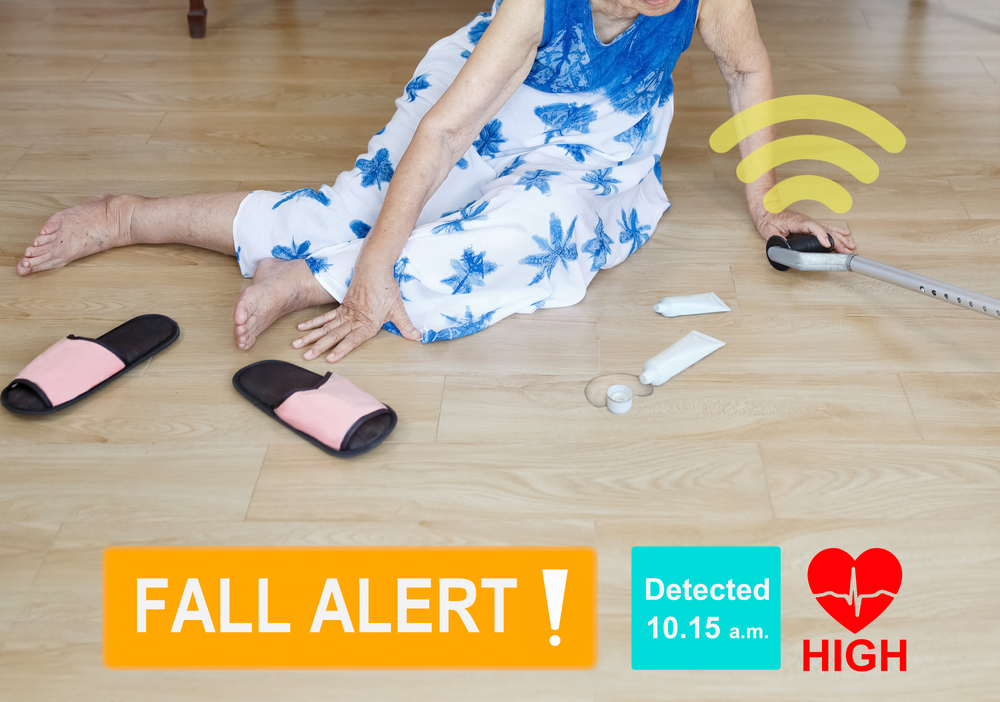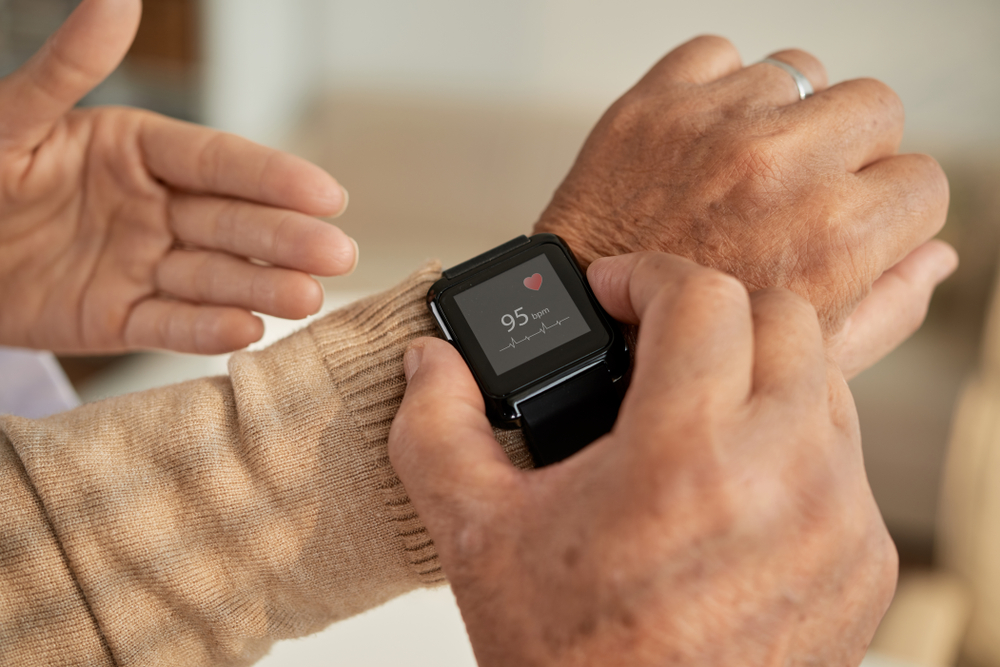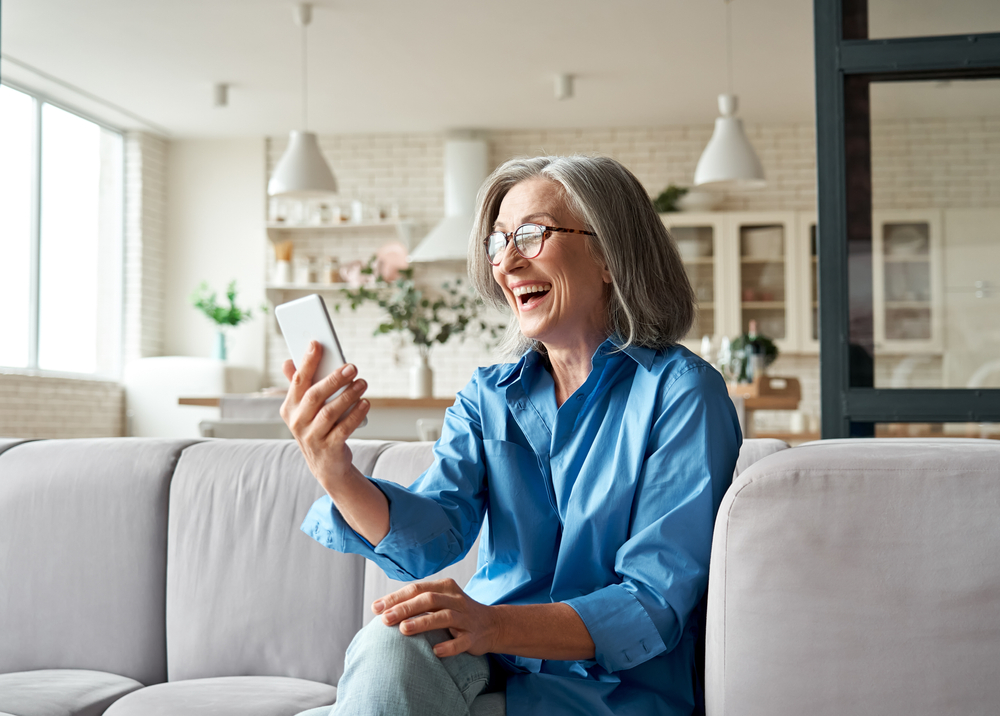Will Blockchain Survive the 2022 Cryptocurrency Crash?
Yes. Blockchain will not only survive the crypto market crash 2022, but it’s also about to surge in many different industries. The future may not be as bright for crypto just yet, no matter how much Elon Musk continues to throw his support behind Dogecoin.
Blockchain Is Not Cryptocurrency, And Crypto Is Not Blockchain
When it comes to worldwide mass excitement, be careful who you bring to the party. If things go bad, you might be found guilty by association. Blockchain and crypto exploded onto the general public’s consciousness at fundamentally the same time. It’s no wonder many people have trouble seeing the difference.
There was so much excitement and money surrounding both crypto and blockchain that investors and enthusiasts alike didn’t bother to investigate the details. Fast forward to the cold hard reality of the crypto winter. The price of Bitcoin and other cryptocurrencies have plummeted so fast, many people are too shocked and afraid to draw any distinctions.
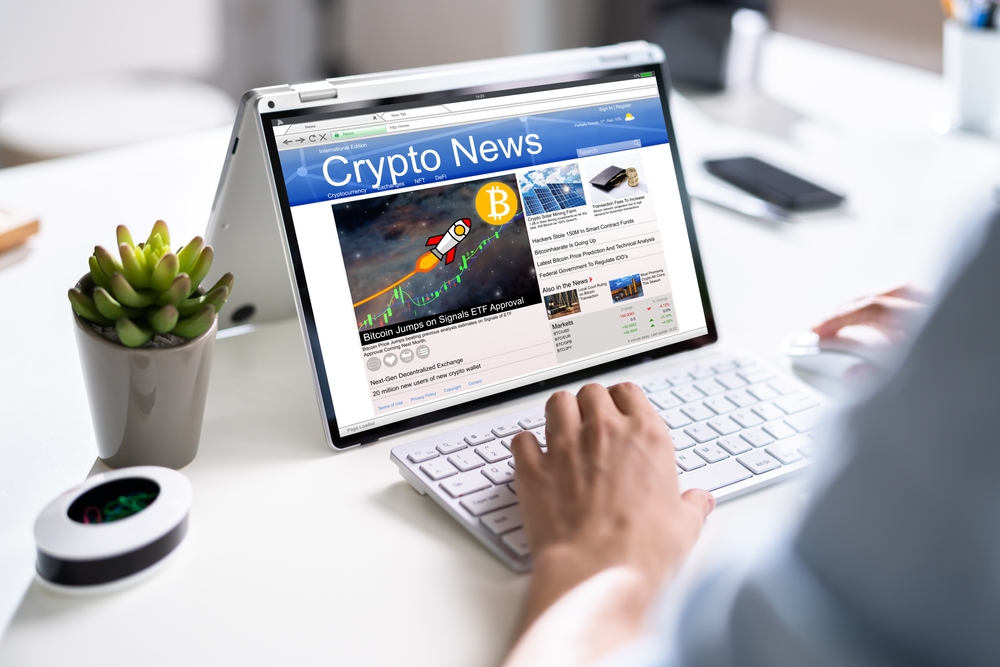
The Main Differences Between Blockchain And Crypto
In the simplest terms, blockchain is a way to store data on a digital file. It’s an open database that is duplicated among many, many computers. This open distribution makes it completely transparent so that the data contained therein can be verified by many users.
This widespread ability to be verified means no one central agent can change the data. This decentralized ability to verify makes the data contained in the blockchain extremely secure.
Blockchain was originally conceived as a technology to manage a cryptocurrency. If you think of blockchain as the tool and bitcoin as the product, it’s easy to see they are related but distinct. Here are some other differences:
Blockchain is an open form of big data – Cryptocurrency is a virtual form of money.
Cryptocurrency is based on anonymity -- Blockchain is all about as many people as possible having exactly the same information.
Bitcoin, Ethereum, Tether, USD Coin, and BNB are all forms of cryptocurrency that rely upon blockchain technology – Blockchain is a tool that is used in many different industries.
The blockchain solution is unaffected by stock market fluctuations – cryptocurrencies are susceptible to wild swings in value like a bear market on Wall Street.
Blockchain is intended to keep things like personal finances secure – Cryptocurrency is promoted by people who want to increase value.
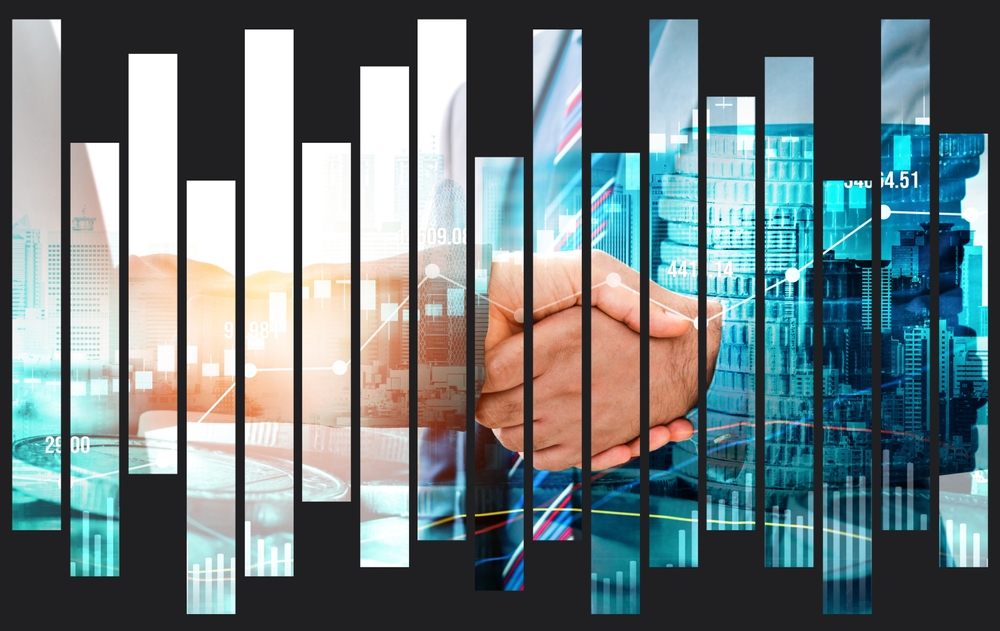
The Different Types Of Blockchains
There are four different types of blockchains and each one has both pluses and minuses:
Public Blockchains – This is the type of blockchain that is most closely associated with Bitcoin and other forms of digital currency. Public blockchains provide a ledger that is easily accessible to anyone who has registered as an authorized user or node. Everyone shares the same information.
PROS: Highly secure. As long as users employ the protocols sincerely, it is difficult for hackers to target.
Transparent. Everyone gets the same information, and the more people that have it, the more secure it is. Transactions of any kind are instantly available to everyone.
CONS: Slow rate of transactions. Transactions Per Second (TPS) are slower than other blockchains because there are so many nodes, and it’s time-consuming for every node to process the same transaction
Significant use of energy. Here again, so many nodes have to process/verify data, and this can mean millions of computers using up energy.
Private Blockchains – Private blockchains are a closed systems accessible only by authorized users. The entity that owns the private blockchain controls the security of the network. An example of a private blockchain would be an organization that enables only verified participants to interact with its own supply chain of products.
PROS: Lightning fast. Because of the limited number of nodes, each transaction is distributed to the network instantly. Private blockchains have an extremely high TPS.
Size doesn’t matter. The number of nodes can scale up or down as needed depending on what is called for by the owner of the blockchain.
CONS: Centralized control. One agent controls many factors. This central control runs counter to the decentralized inspiration of a blockchain; however, within the closed system, there are many benefits.
Security questions. Since all control is centralized, a private blockchain doesn’t benefit from the same dispersed transparency. By its very nature, a private blockchain is more susceptible to hackers. The owners of the private blockchain must take precautions.
Consortium Blockchains – More than one company, agrees to manage and operate the blockchain according to their joint needs. This type of blockchain is still a closed system, although it does answer many participants.
Hybrid Blockchains – Many consider this a closed system; however it benefits from the advantages of both private and public blockchains. Based on the protocols, some of the data is made public, and some of it remains private. Confidentiality stays high for certain private data, and security increases for public data because it’s so transparent to so many users.

Smart Contracts And Proof Of Stake
Smart contracts and proof of stake are two popular topics when it comes to blockchain and cryptocurrency. Proof of stake is a way to achieve consensus to validate cryptocurrency transactions. Smart contracts are programs that are triggered to run if and when a set of agreed-to conditions are satisfied. In this way, all parties are notified immediately.
Banks And Financial Institutions Are Just the Tip Of the Blockchain Iceberg
To learn just how many industries are racing to adopt blockchain technology, click here.
Healthcare is one of the industries that is gaining the most benefit from blockchain capabilities.
Imagine having every single detail of your entire healthcare history accessible in seconds only to those of which you approve. As healthcare becomes more and more sophisticated, so too does the amount of data increase. Keeping all this data current, organized and secure is a big challenge. And yet, the rewards to the patient can be phenomenal.
Companies like Wytcote are revolutionizing the quality of healthcare for seniors so that they can lead safe and independent lives while staying connected to their loved ones.

Frank is a technology visionary and strategic hands-on executive with over 20+ year track record of helping companies revitalize, restructure, and implement complete Unified Communications systems in national and global markets.
